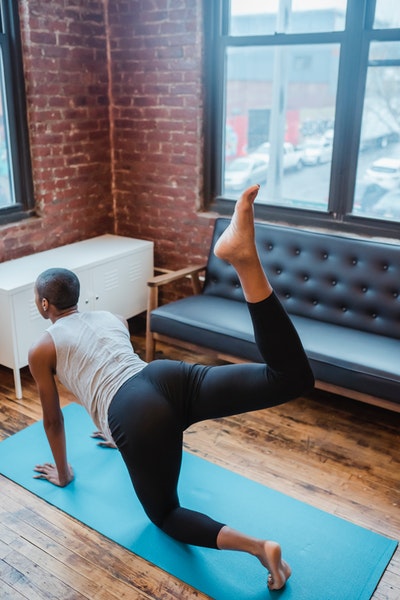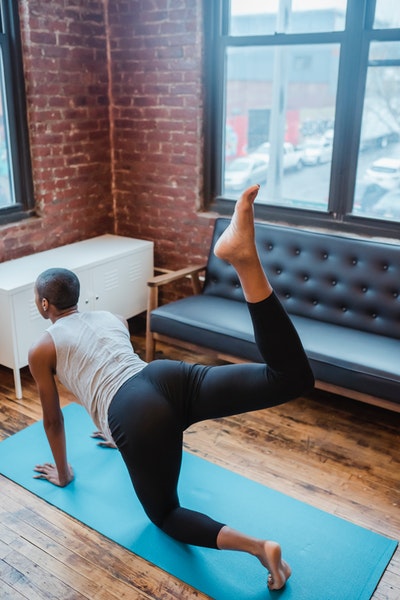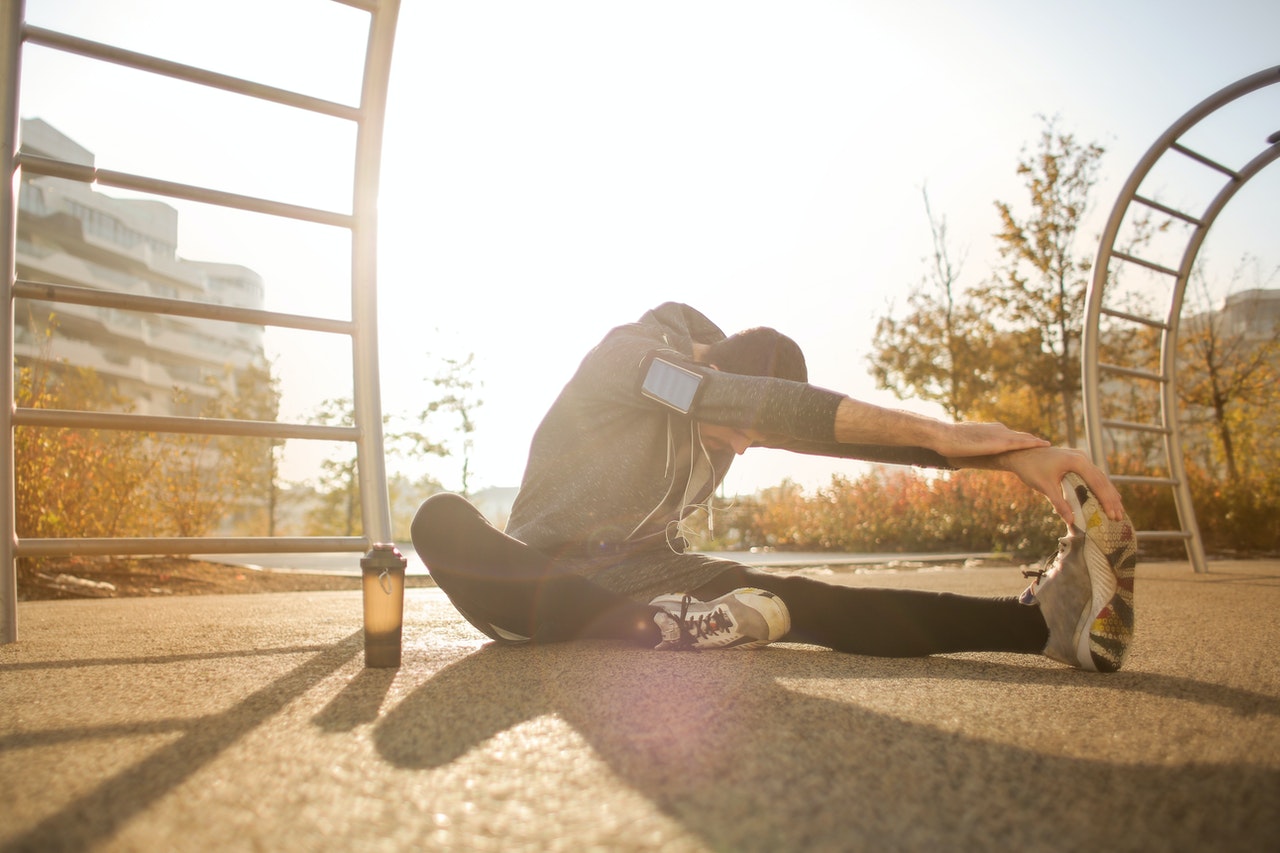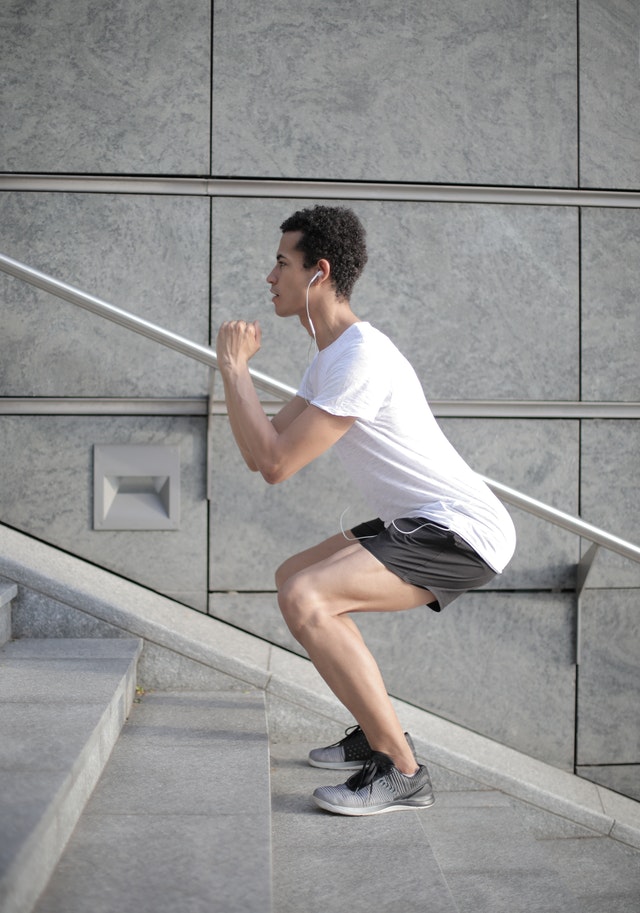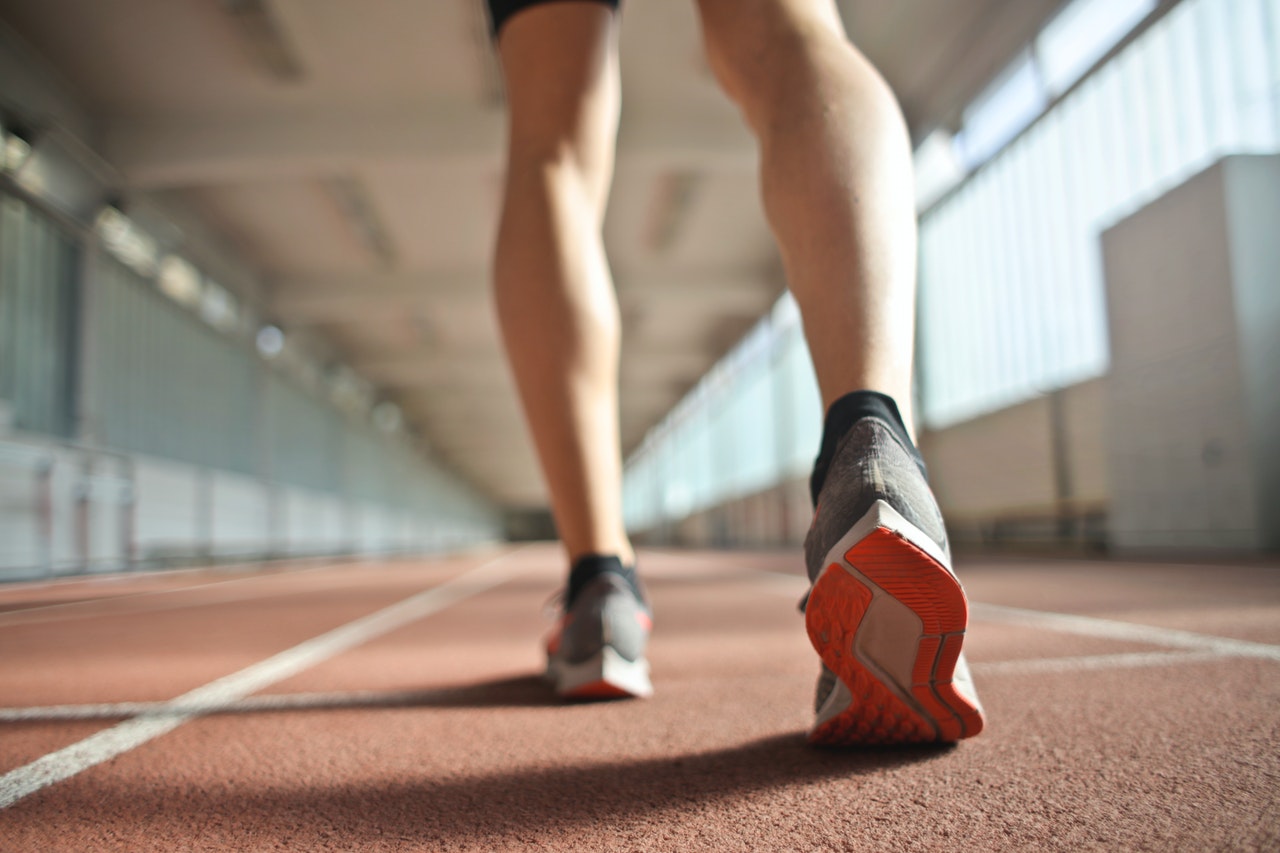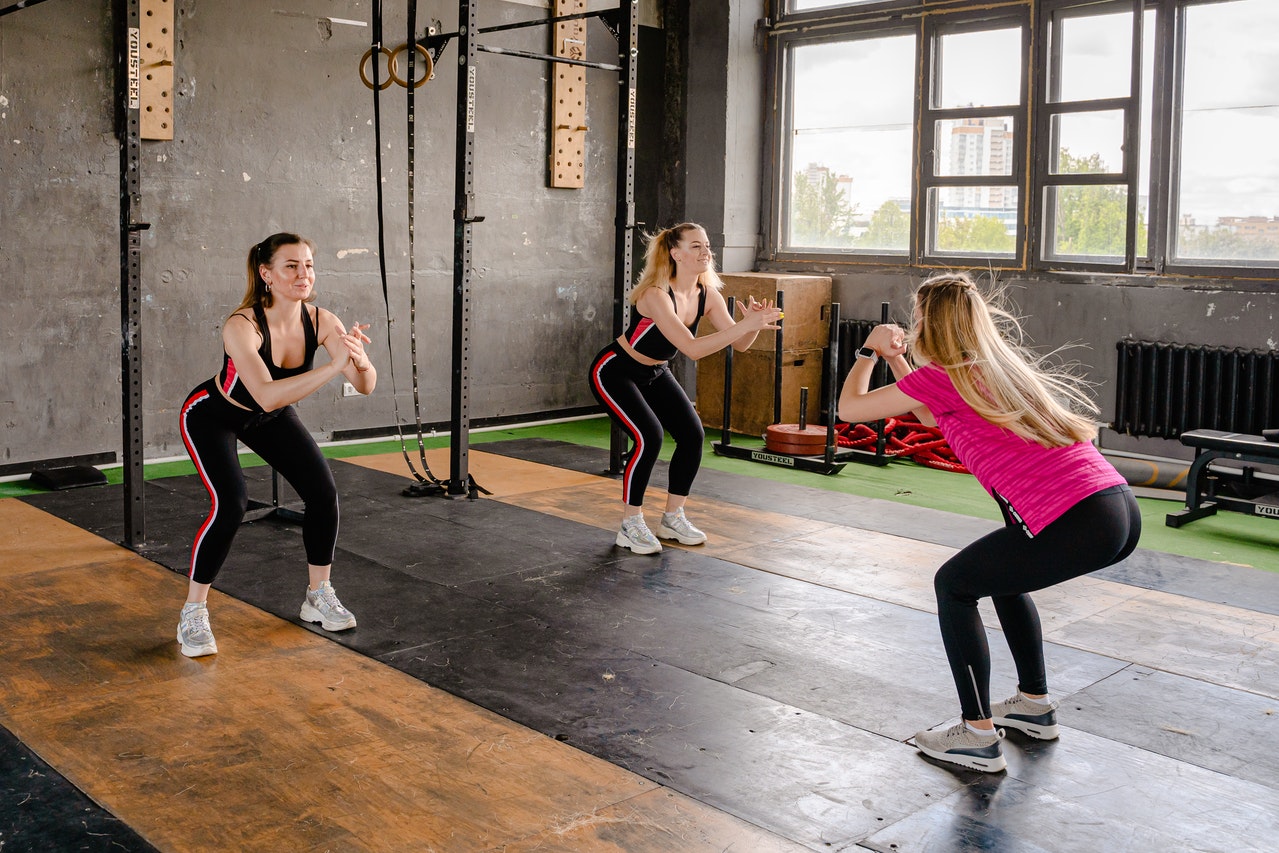The glutes are among the strongest muscles in the human body. The glutes are critical to daily activities from walking, standing, sitting, and bending. At a physiological level, the backside is the foundation for good posture, maintaining a neutral pelvis, and ensuring correct lumbar curvature. Aside from providing necessary stability, many people consider toned hindquarters attractive.
There are several exercises for toning and strengthening the glutes. Some of the more common bun exercises include:
- Squats
- Glute bridges
- Glute kickbacks
- Abductor raises (fire hydrants)
Unfortunately, most people do not perform these workouts correctly, rendering them useless. To strengthen and tone your rear, you need to focus on form and follow-through. People may want to exchange traditional glute workouts for easier and more targeted alternatives.
1. Exchange Quarter Squats for Deep Goblet Squats
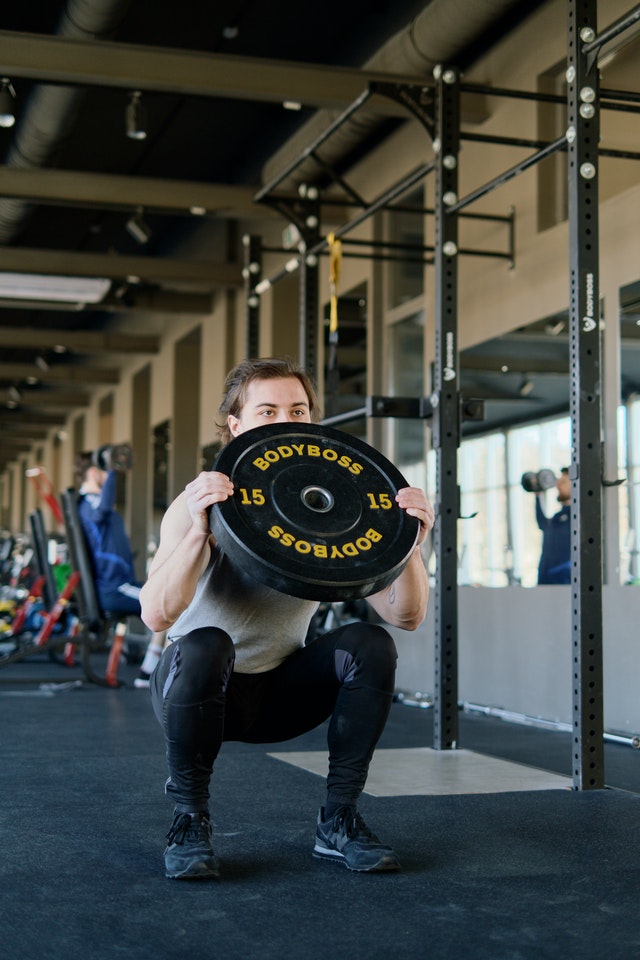
Squats are one of the foremost exercises for building glute muscles, but too many people ignore proper form. Most people perform quarter or mini squats, exaggerating a hip thrust to engage the buttocks. Shallow squats do little to build or tone the glutes, regardless of the number of reps.
A better exercise is a goblet squat. You will need a kettlebell or dumbbell to perform this variation of a squat. Hold the weight to your chest, move into a squat position by hinging at your hips, but don't stop. You want to sink to a full depth. To return to a standing position, push up using your glutes and hamstrings, ensuring your knees track outwards.
2. Alter the Speed and Posture of Glute Bridges
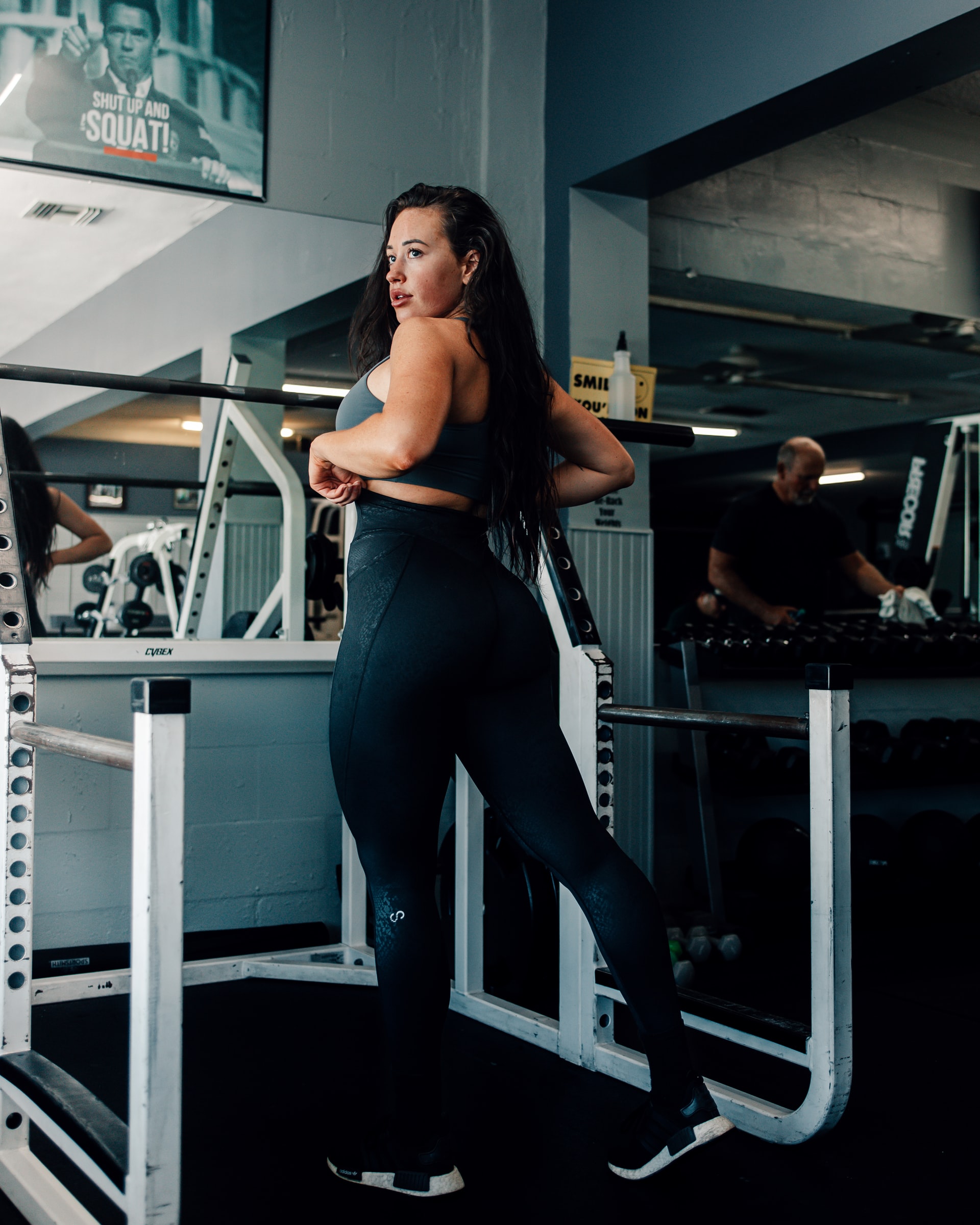
Glute bridges are an effective exercise, but form and movement matter. Too many people rush the activity, acting like they are in a bad 80s workout infomercial.
A glute bridge requires slow, deliberate movement to activate the proper muscle groups. You start the exercise on your back, pulling your heels in until they almost touch your butt. Tighten your core muscles, and then, putting the force into your heels, lift your butt off the floor. Keeping your core tight and back supported, continue the lift to your full range of motion. Squeeze your glutes at the peak and hold before slowly lowering to the starting position. This exercise is about engaging the right muscles and moving slowly and steadily.
3. Change Kickbacks to Romanian Deadlifts
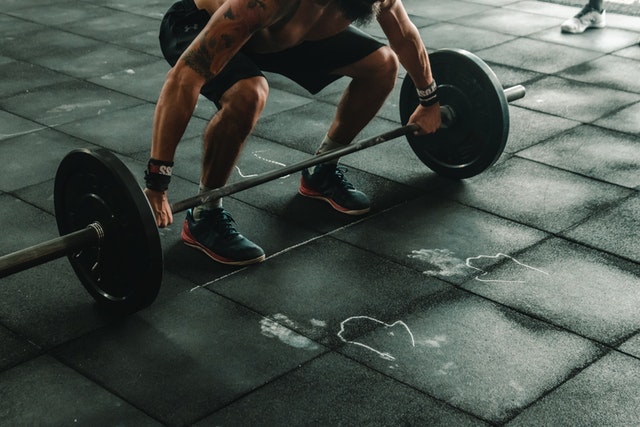
Despite the popularity of glute kickbacks, the exercise is challenging for most beginners. Many people think they are doing the exercise correctly, but in reality, they often fail to engage the glutes. The movement also creates risks of injury.
A safer and more effective exercise is the Romanian deadlift. You will need a set of dumbbells. Hold a dumbbell of equal weight in each hand. With a straight back and arms at your sides, hinge at the hips, slowly lowering the weights. Lower to your full range of motion before slowly lifting yourself back to the starting position.
4. Cut Fire Hydrants for the Curtsy Lunge
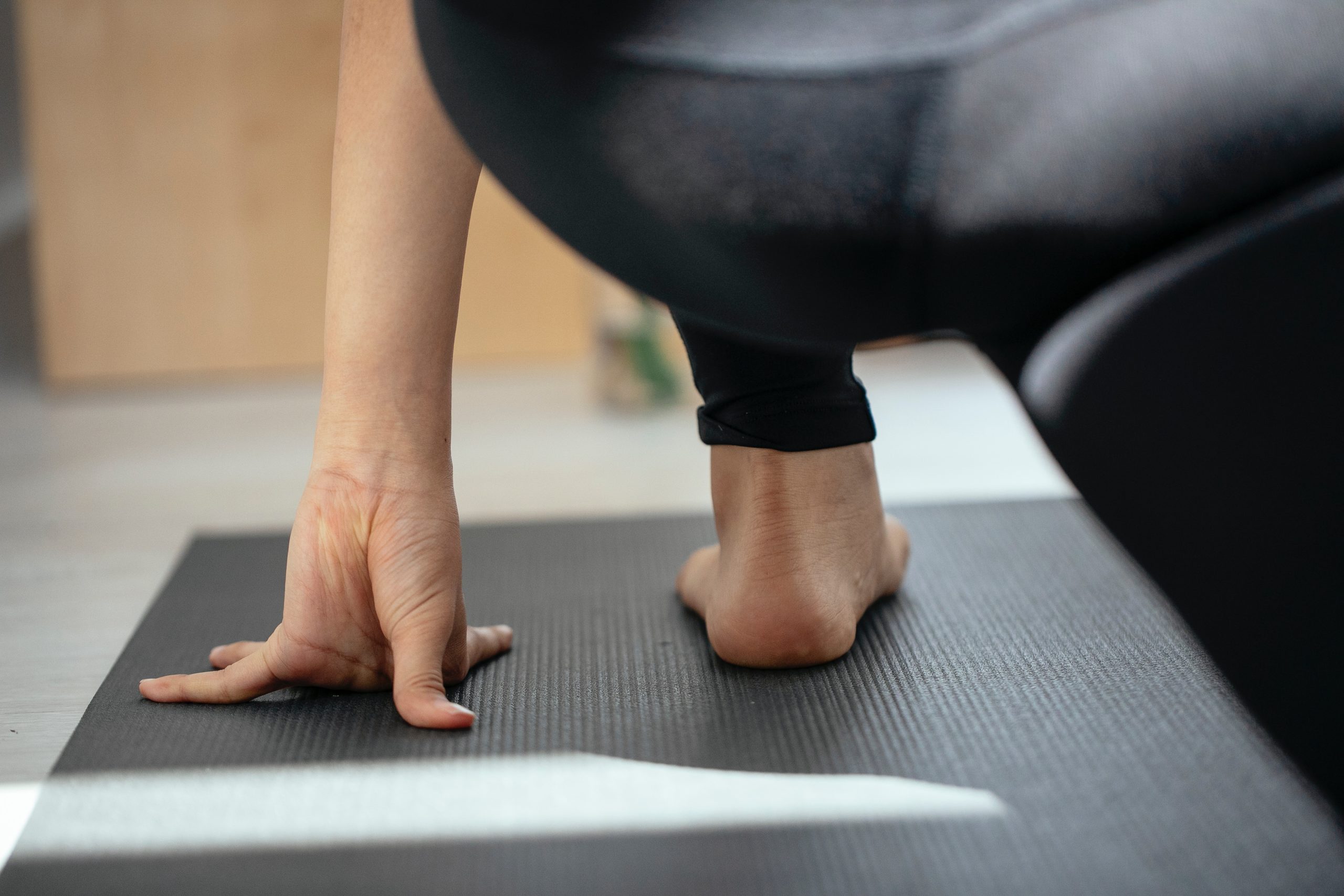
Like kickbacks, abductor raises, or fire hydrants are potentially problematic and ineffective glute workouts. Many people hinder the strengthening of their glutes by compensating for imbalances; transferring tension to other areas of the body.
The curtsy lunge is a more effective glute workout. Put your weight on the right leg. Move your left leg back, crossing it behind your body in a curtsy-like position. You will dip into the lunge, putting the weight of your body on the outside of the right foot. Perform several reps before switching to the left leg.
Strong, defined glutes require exercise. The correct exercises should reduce injury risks and ensure proper form.

